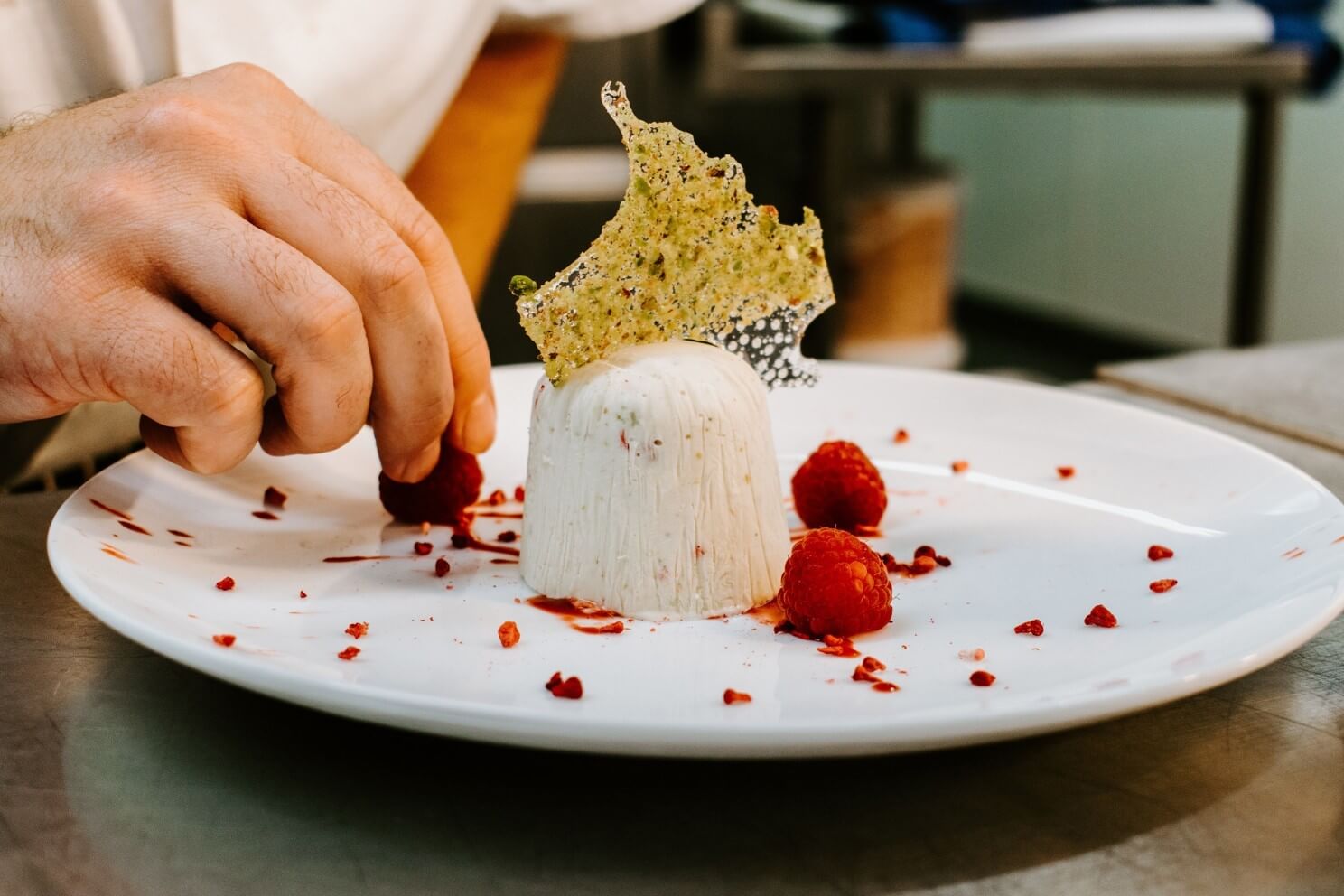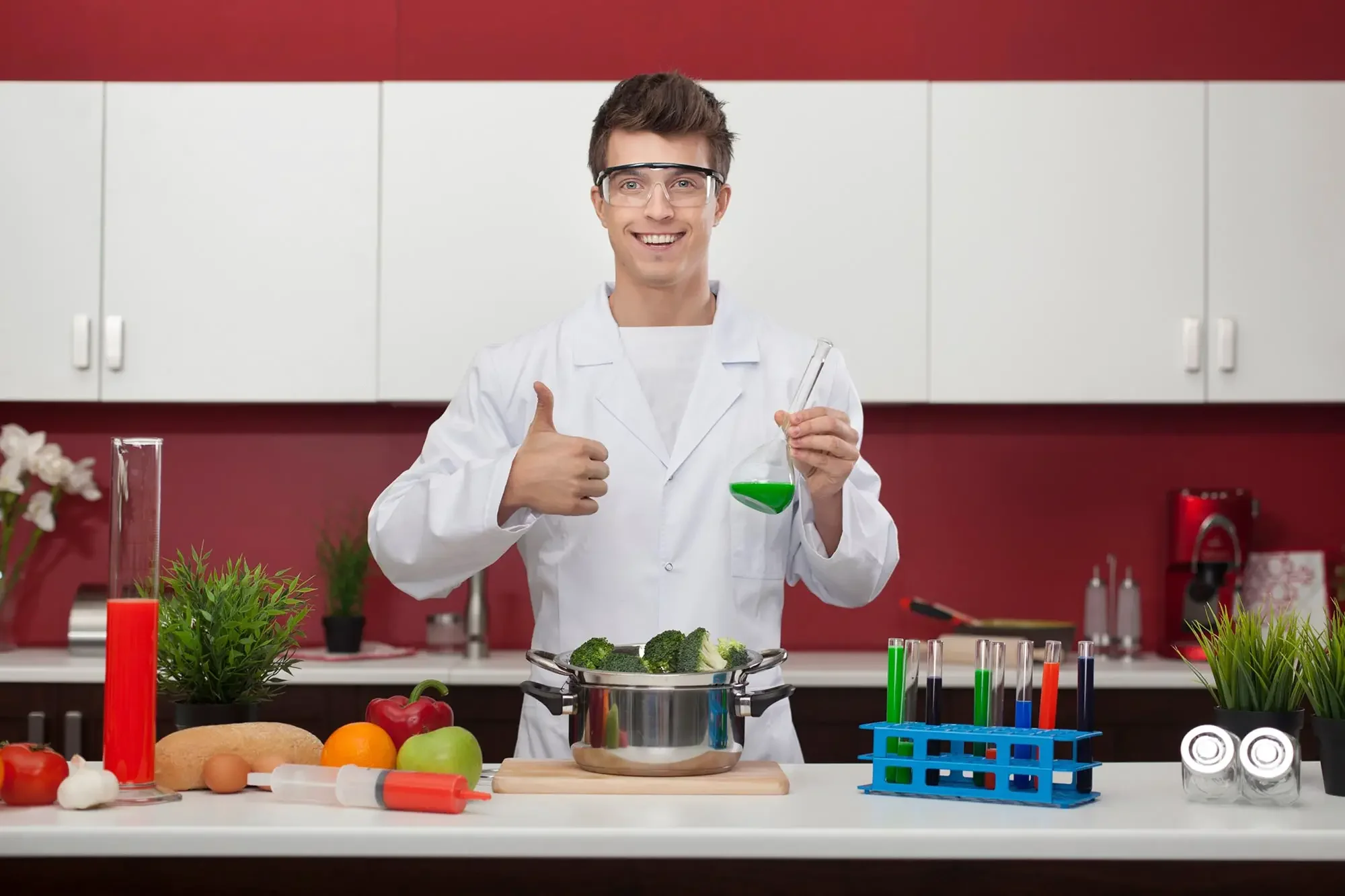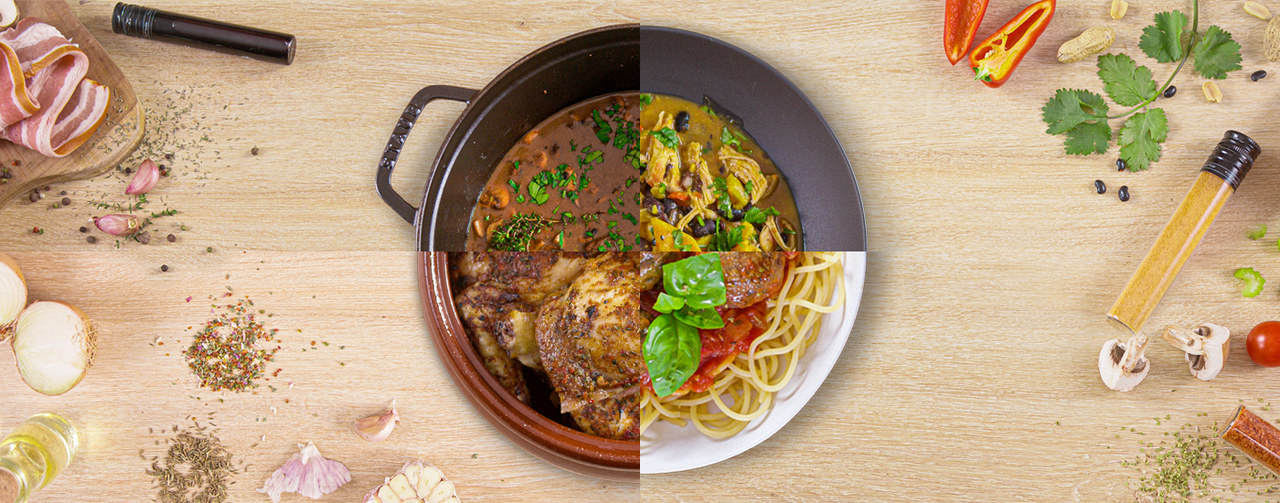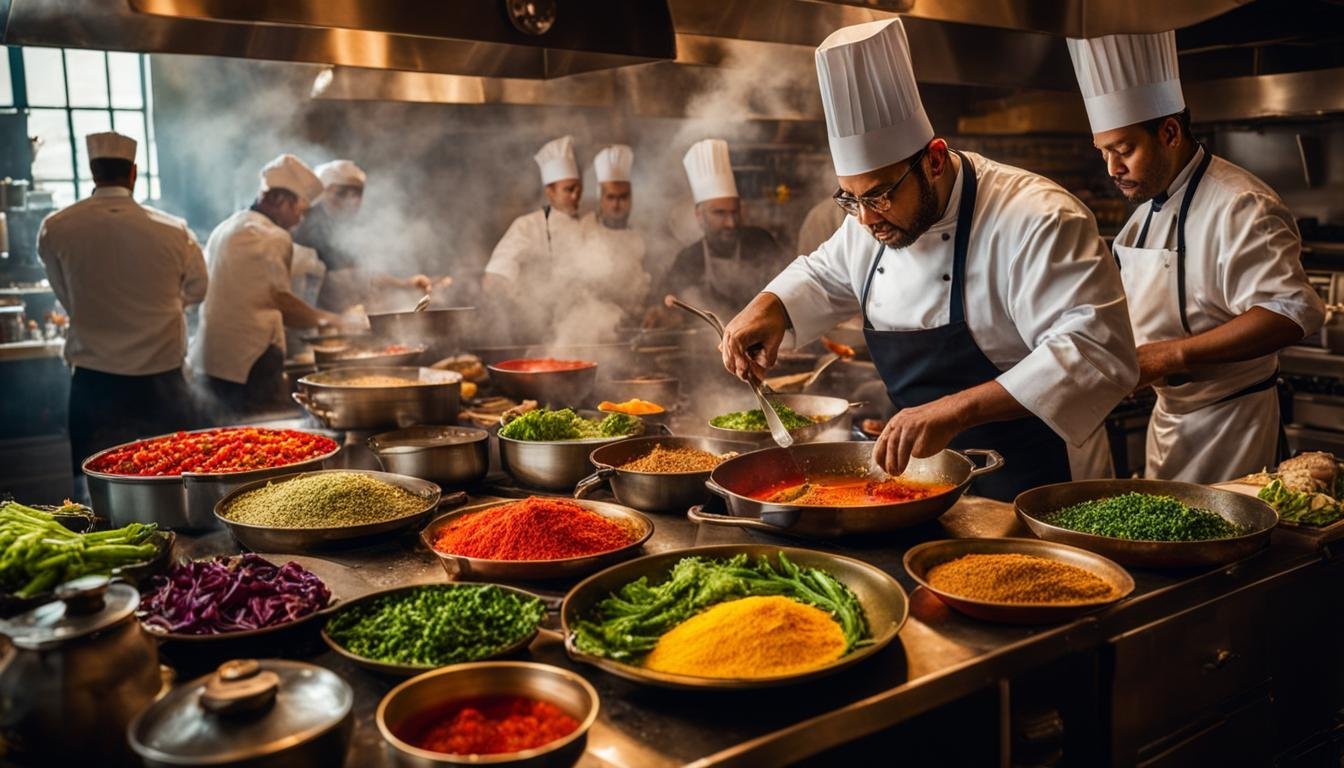Table of Contents
- Introduction: The Art Beyond Recipes
- Cooking as a Form of Creative Expression
- The Role of Intuition in the Kitchen
- Balancing Science and Art in Cooking
- Personalizing Culinary Creations
- Cooking as a Cultural and Emotional Bridge
- Conclusion: Cooking as a Reflection of the Soul
1. Introduction: The Art Beyond Recipes
Recipes are like a painter’s brushes or a composer’s instruments—they are tools, not the masterpiece. While a recipe provides structure, it is the cook’s imagination and intuition that breathe life into the dish. The notion that “a recipe has no soul” suggests that true cooking transcends instructions, requiring passion, creativity, and personal connection to make the meal memorable. Like art or music, cooking is a deeply personal process that reflects the individuality and emotions of its creator.

2. Cooking as a Form of Creative Expression
Cooking allows individuals to tell stories through flavors, colors, and textures. Just as a painter uses a canvas to convey emotion, a chef uses ingredients to create an experience. The process of combining spices, herbs, and other components mirrors how an artist chooses a palette. For example, the layering of flavors in a complex dish can evoke nostalgia, joy, or even adventure. Cooking is an art that invites constant experimentation, making it a dynamic outlet for creativity.

3. The Role of Intuition in the Kitchen
One of the most profound aspects of cooking as an art is the role of intuition. While a recipe might call for a teaspoon of salt, an experienced cook may sense that a dish requires more or less. This instinct, often honed through practice, is similar to a musician’s ability to improvise during a performance. Intuition in cooking is what transforms an ordinary dish into something extraordinary, reflecting the cook’s mood, experience, and cultural influences.

4. Balancing Science and Art in Cooking
While creativity is the heart of cooking, science provides the foundation. Understanding chemical reactions, heat dynamics, and ingredient interactions ensures that artistic experiments succeed. For example, baking demands precision, but within those constraints, there is room for innovation. Chefs often push boundaries, combining art and science to create groundbreaking dishes that are both visually stunning and palate-pleasing. This harmony of art and science is what makes cooking endlessly fascinating.

5. Personalizing Culinary Creations
No two cooks will interpret the same recipe in the exact same way. Personal tastes, experiences, and cultural backgrounds influence how ingredients are selected and prepared. A family recipe passed down through generations often carries emotional weight, with each generation adding its unique touch. This personalization transforms cooking into an intimate act, making meals more than sustenance—they become a connection to heritage and self-expression.

6. Cooking as a Cultural and Emotional Bridge
Food is a universal language, capable of bridging cultures and fostering understanding. Cooking allows individuals to share their heritage and create a sense of community. For example, preparing and sharing traditional dishes during cultural festivals brings people together, offering a glimpse into different worlds. On an emotional level, cooking for loved ones is an act of care and affection, reinforcing bonds and creating lasting memories.

7. Conclusion: Cooking as a Reflection of the Soul
In the end, cooking is more than just following a recipe—it is an extension of the soul. Like a painting or a song, each dish carries the signature of its creator, revealing their personality, emotions, and experiences. By embracing the artistry of cooking, we celebrate the joy of creation and the unique stories that each meal can tell.




You must be logged in to post a comment.